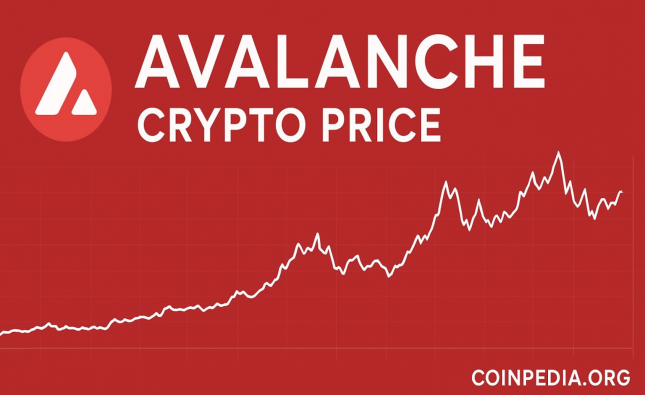
The financial industry has always been at the forefront of adopting innovative technologies to enhance efficiency and security. Among the most transformative technologies in recent years is digital ledger. Originally conceived as the backbone of cryptocurrencies, blockchain technology is now poised to revolutionize a broad array of financial transactions. This article delves into how digital ledger is reshaping financial transactions, its benefits, and the challenges it faces.
Understanding Blockchain Technology

What is Blockchain?
Blockchain is a distributed ledger technology that allows data to be stored across a network of computers. Each piece of data, or block, is linked to the previous one, creating a chain of blocks that is immutable and secure. This decentralized nature ensures that no single entity has control over the entire network, which enhances transparency and security.
How Blockchain Works
In a blockchain system, transactions are verified by network nodes through cryptographic algorithms. Once verified, these transactions are grouped into blocks and added to the chain. Each new block contains a cryptographic hash of the previous block, which ensures the integrity of the entire chain. This process eliminates the need for intermediaries and reduces the risk of fraud.
Impact of Blockchain on Financial Transactions
Enhancing Security
One of the primary benefits of digital ledger technology is its ability to enhance security. Traditional financial systems are vulnerable to hacking, fraud, and data breaches. Blockchain’s decentralized nature makes it significantly harder for malicious actors to alter data, as they would need to control a majority of the network to do so.
Reducing Costs
Blockchain technology can significantly reduce transaction costs. By eliminating intermediaries such as banks and payment processors, digital ledger allows for direct peer-to-peer transactions. This reduction in middlemen can lower fees associated with currency exchange, processing, and verification.
Improving Efficiency

The traditional financial system often suffers from inefficiencies due to its reliance on intermediaries and manual processes. Blockchain automates many aspects of transactions, reducing the time required for processing and settlement. This is particularly beneficial for cross-border transactions, which traditionally involve multiple parties and can take several days to complete.
Increasing Transparency
Blockchain provides a transparent and immutable record of transactions. Every transaction is recorded in the digital ledger and can be audited by any participant in the network. This transparency helps in reducing fraud and increasing trust among parties involved in a transaction.
Comparative Analysis of Blockchain vs. Traditional Financial Systems
| Feature | Blockchain | Traditional Financial Systems |
| Security | High – Decentralized and encrypted | Moderate – Centralized and vulnerable to attacks |
| Cost | Low – Fewer intermediaries | High – Numerous intermediaries and fees |
| Efficiency | High – Fast transactions and settlements | Moderate – Slow processing and settlements |
| Transparency | High – All transactions are recorded and immutable | Low – Limited visibility and auditing capability |
| Scalability | Emerging – Still evolving with scalability solutions | Mature – Well-established and scalable |
Cross-Border Payments
Cross-border payments traditionally involve multiple intermediaries and can take several days to process. Companies like Ripple are leveraging digital ledger to facilitate real-time cross-border transactions. By using blockchain, Ripple has significantly reduced transaction times from days to seconds.
Smart Contracts
Smart contracts are self-executing contracts with the terms directly written into code. Platforms like Ethereum enable the creation and execution of smart contracts that automatically enforce and verify contract conditions without the need for intermediaries. This innovation reduces administrative overhead and potential disputes.
Challenges and Considerations
Scalability Issues
One of the major challenges facing digital ledger technology is scalability. As the number of transactions increases, the blockchain network may become congested, leading to slower processing times and higher costs. Solutions like sharing and Layer 2 protocols are being developed to address these issues.
Regulatory Concerns
The regulatory environment for digital ledger and cryptocurrencies is still evolving. Different countries have different approaches to regulating blockchain technology, which can create uncertainty for businesses operating in the space. Clear and consistent regulatory guidelines are needed to foster widespread adoption.
Integration with Legacy Systems
Integrating blockchain technology with existing financial systems can be complex. Financial institutions often rely on legacy systems that are not easily compatible with digital ledger technology. Successful integration requires significant investment in technology and training.
Future Prospects of Blockchain in Finance
The future of digital ledger in financial transactions looks promising. As the technology matures and scalability solutions are developed, blockchain could become the standard for secure and efficient financial transactions. Innovations such as decentralized finance (DeFi) and central bank digital currencies (CBDCs) are likely to further drive the adoption of blockchain technology in the financial sector.
Conclusion
Blockchain technology is revolutionizing financial transactions by offering enhanced security, reduced costs, increased efficiency, and greater transparency. Despite the challenges of scalability, regulation, and integration, the potential benefits of digital ledger are driving significant interest and investment. As the technology continues to evolve, it is poised to transform the financial industry and create new opportunities for innovation.










